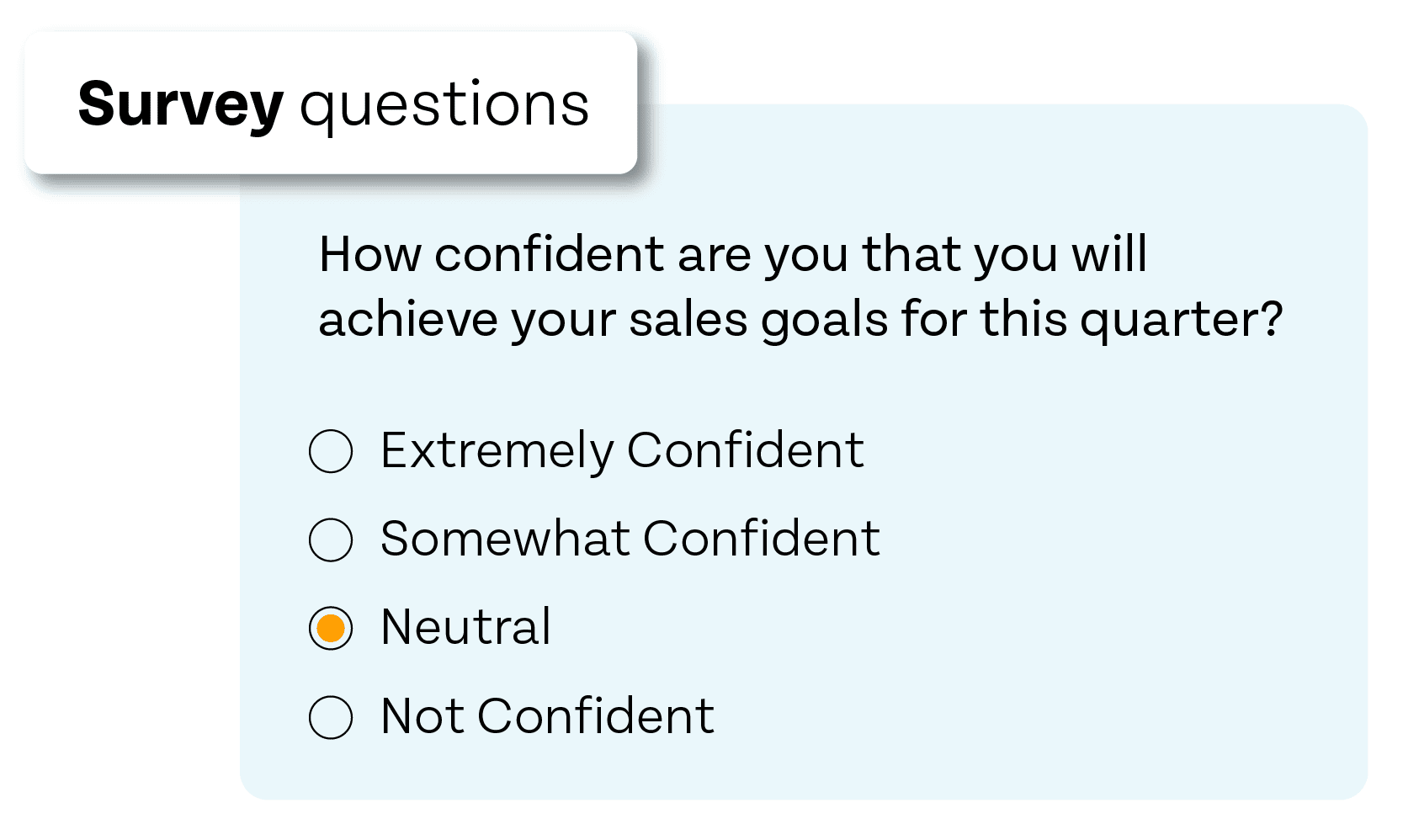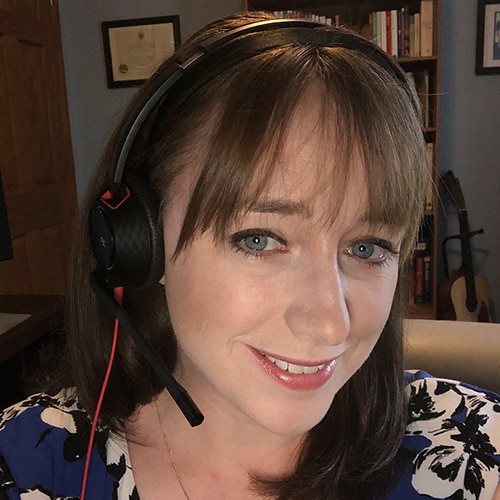







How Enterprise Leaders are Achieving Their Strategic Goals
Strategic planning for a fast-paced world
World-class strategy without the first-class tickets
Interpret the data, not the languages

Discover what’s more important, not more frequent
Themes help organize and rank participants’ responses, quickly revealing the team’s priorities. While surveys can show the frequency of a theme or keyword, ThoughtExchange takes it further by also showing how those themes are rated.
Employees at this organization frequently mentioned staff retention and product offerings. But when given the opportunity to rate other people’s responses, the data revealed that communication was more important to everyone, despite being mentioned less frequently. Survey technology only measuring frequency would have missed that important insight.

Get results faster to make more effective decisions
Surveys, meetings, and focus groups leave leaders and their teams drowning in data. With ThoughtExchange, the high-level Leader Insight Report provides instant analysis, showing participation statistics, a summary of answers, and, most valuably, the team’s top priorities.
Using this report as a starting point, the telecom company leadership identified three key pillars to inform their strategic planning decisions. Not only was ThoughtExchange a more effective way to gather the data they needed, but the strategy that came from these insights was ultimately more effective because it had the team’s buy-in from the beginning.

Strategic alignment sets organizations up for success
Strategic alignment is the process of lining up an organization's strategy with its culture. In an aligned organization, employees know and agree on what they are working toward, and how to get there. But when only 14% of employees understand their company’s strategy, there’s clearly a lot of work to do.
Aligning the team on your strategy, early and often, ensures teams are working towards their common goals, and are more likely to achieve them.
Refine and align for a strategy teams support
Build strategic alignment into business processes

Benchmark data to monitor effectiveness

Engage employees for more effective strategies




